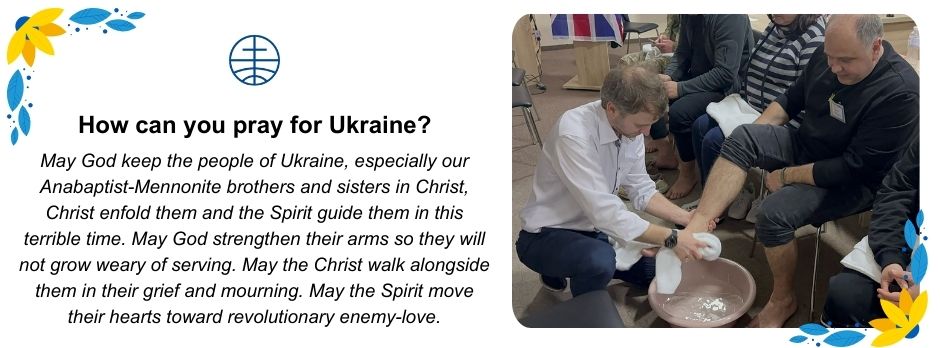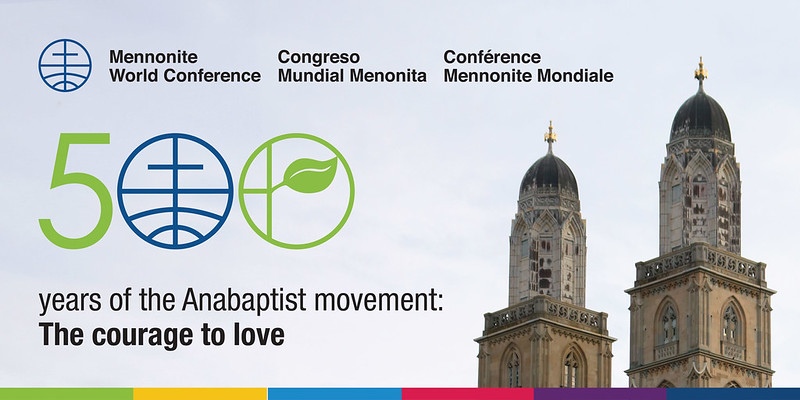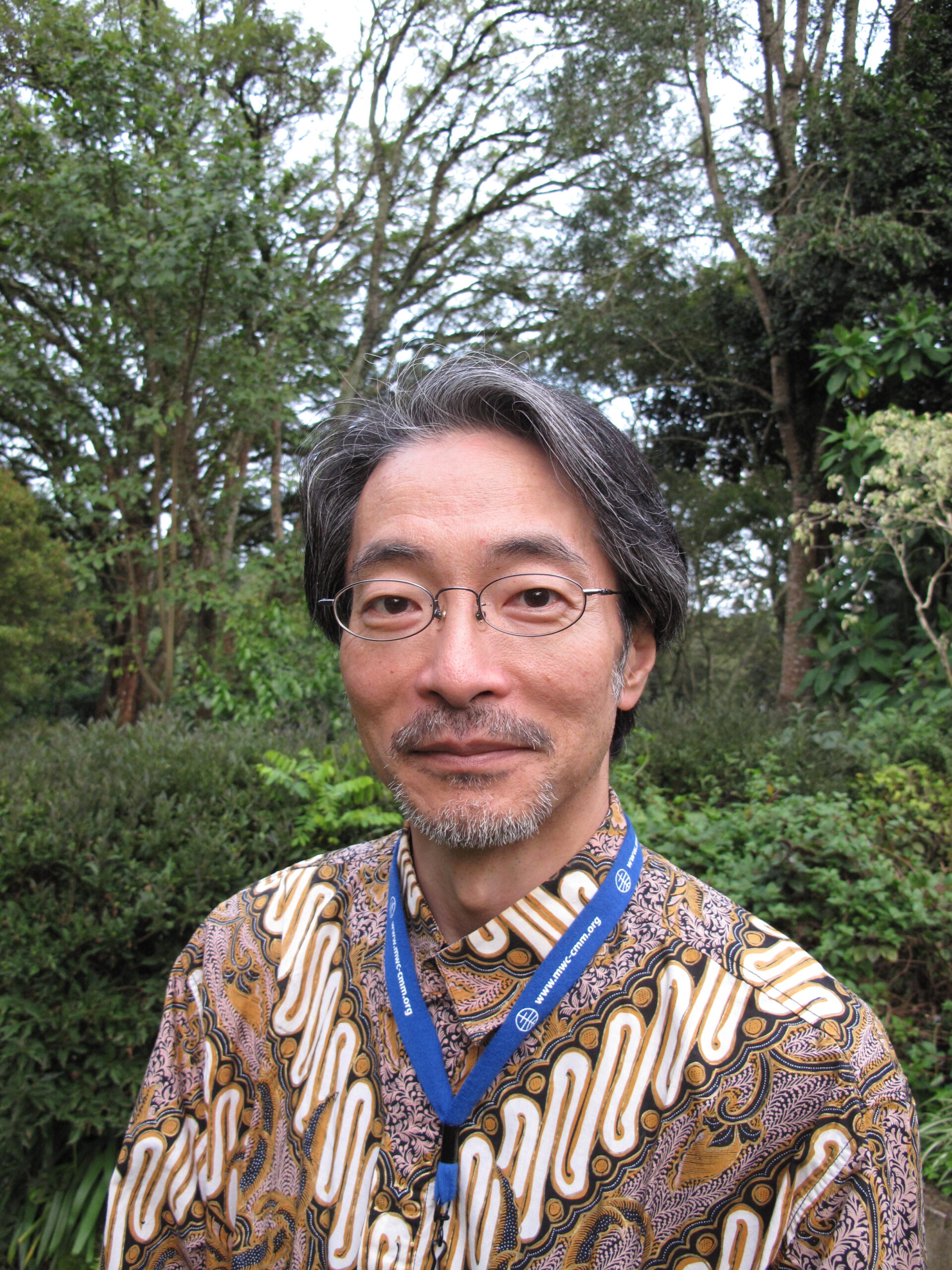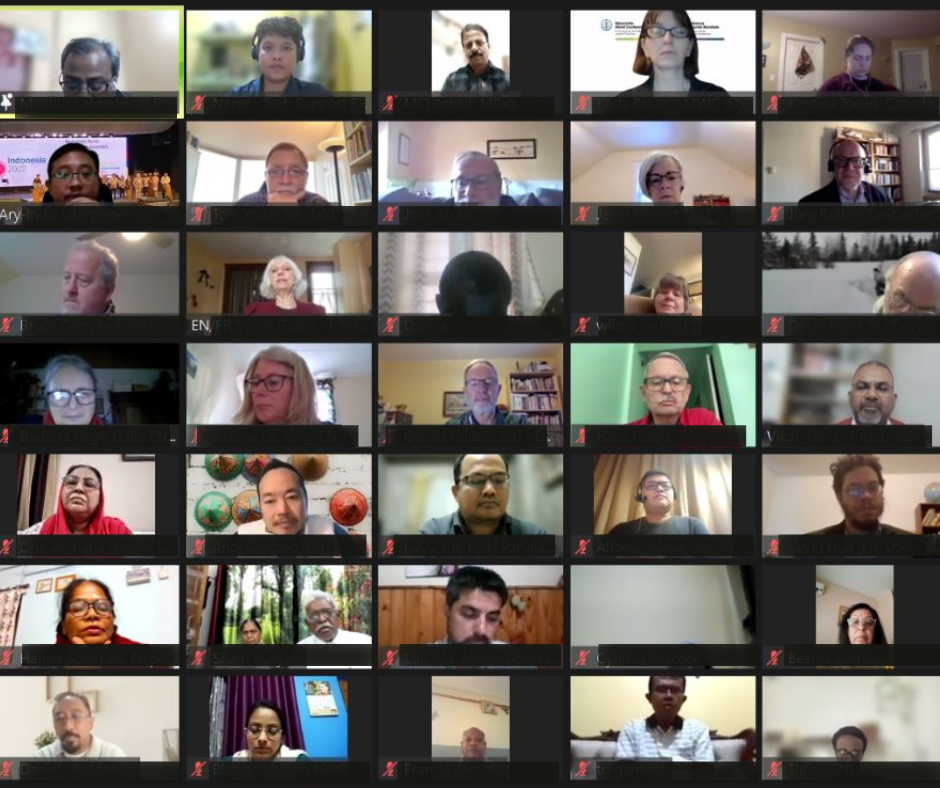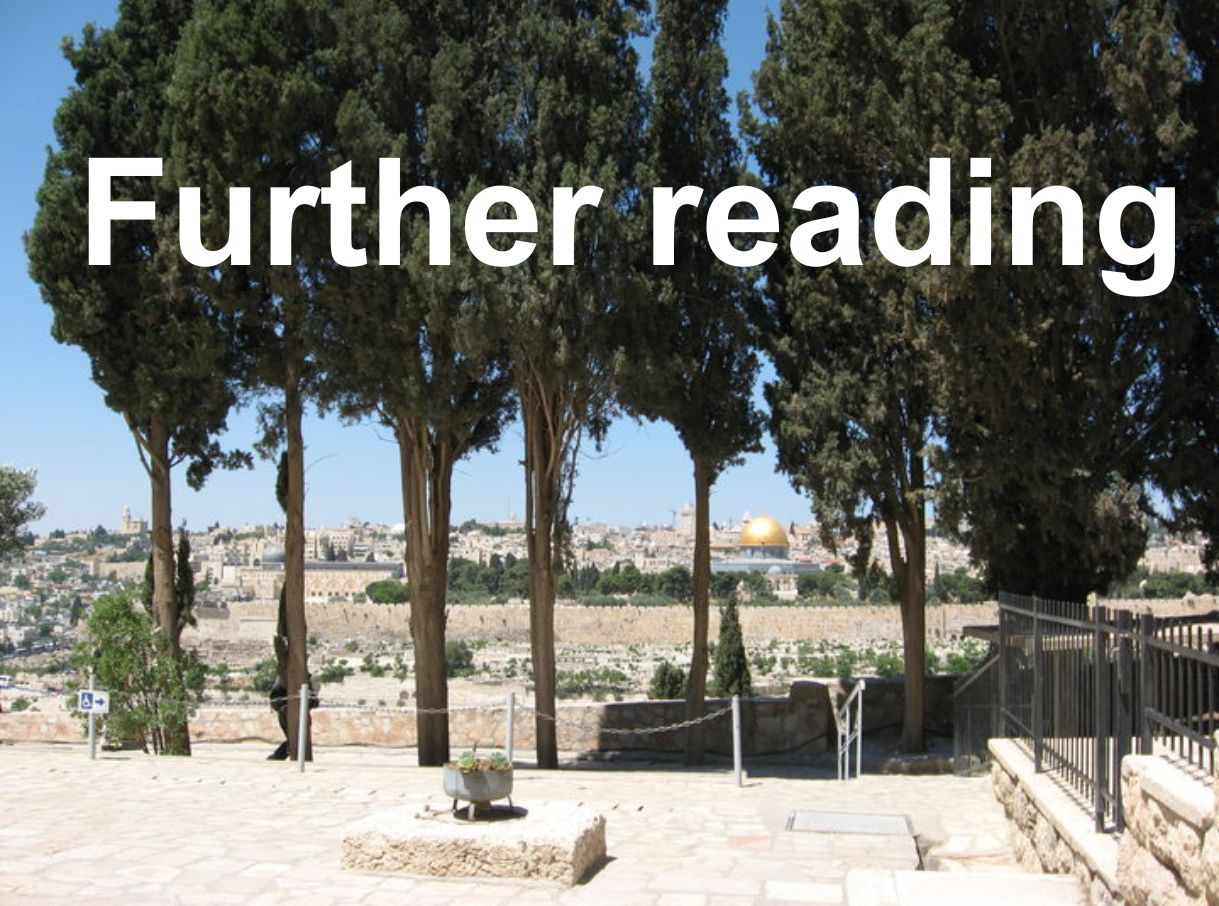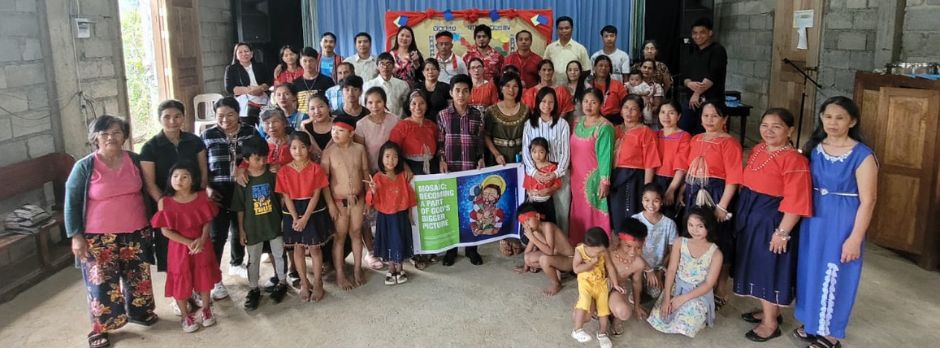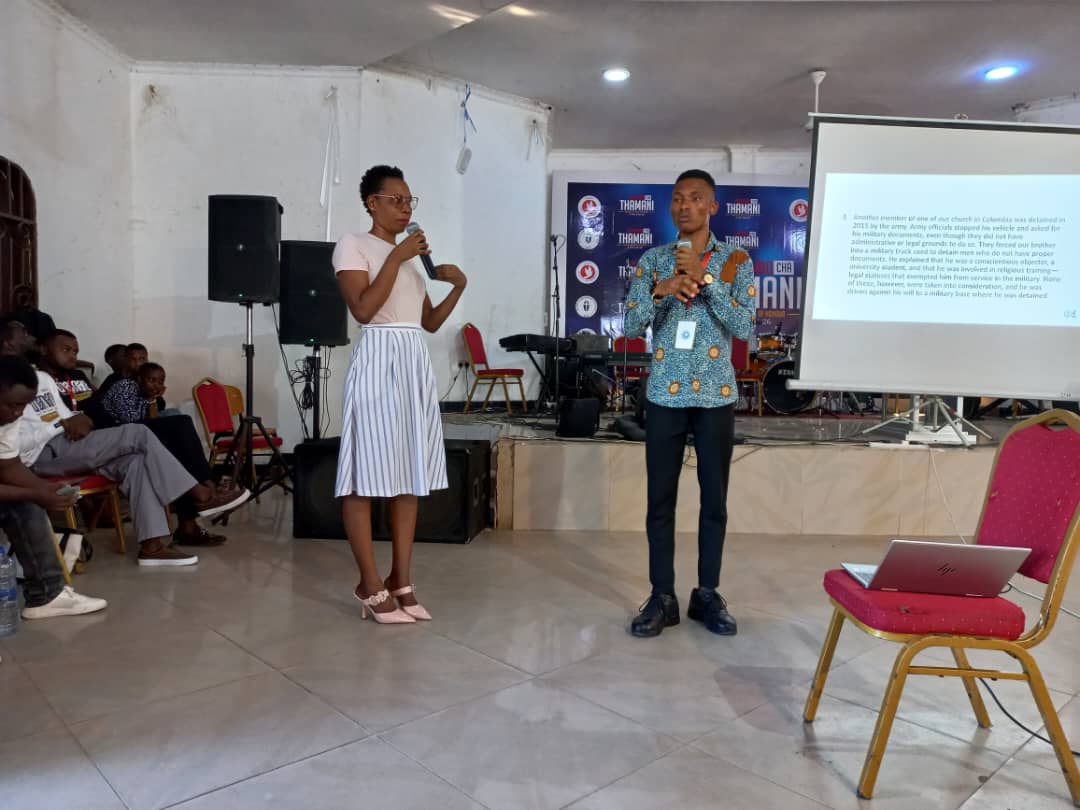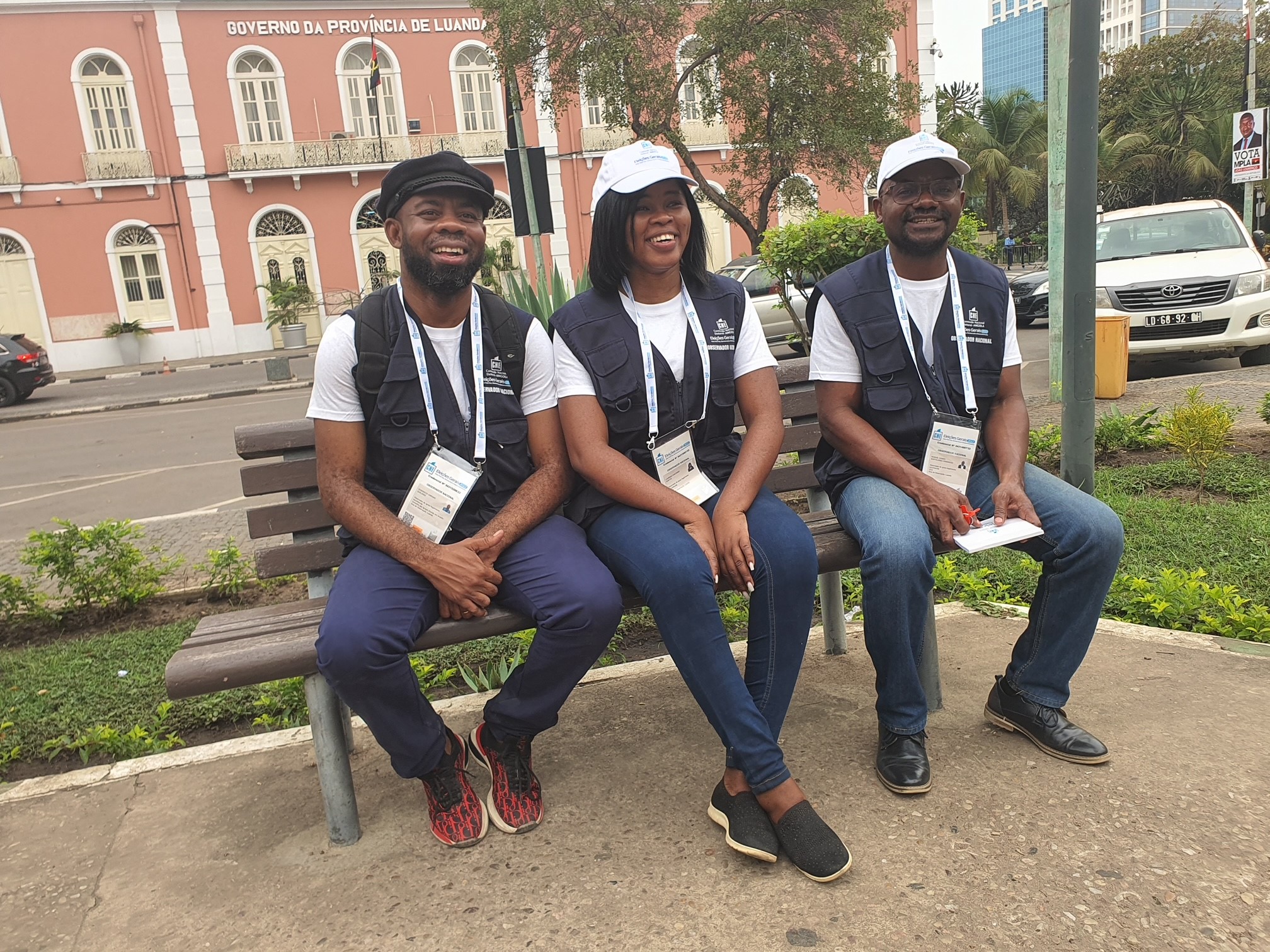-
Power of prayer cannot be underestimated
“Those who are involved in humanitarian projects and pastoral care are familiar with loneliness, anhedonia, weakness, despondency, cynicism… But all this was washed away with water and wiped off with towels,” Denis Gorenkov, a Baptist pastor in Ukraine, reflected on the footwashing ritual with MWC president Henk Stenvers. From 22 to 25 February 2024,…
-
Mennonite World Conference commemorates birth of Anabaptism in 2025
On 29 May 2025, Mennonite World Conference (MWC) will welcome guests from around the world to The Courage to Love: Anabaptism@500. The day-long celebration commemorates the birth of the Anabaptist movement in Zurich, Switzerland. Following workshops, concerts, a panel discussion and self-guided historical walking tours, participants will gather for an ecumenical worship service at the…
-
“Remember your baptism”
Could Anabaptist-Mennonites practice “remembering our baptism” as a tool for lifelong discipleship? Although they often baptize infants, both Catholics and Lutherans call upon the believer – sometimes every year – to “remember your baptism” into a life of discipleship. Former MWC general secretary Larry Miller learned this through the five-year process of trilateral dialogues between…
-
Pastoral arm listens, prays and encourages
“We are called to be shalom-makers wherever we go. It takes courage, discipline, commitment and, of course, the guidance of the Holy Spirit,” says Andi Santoso, chair of the Deacons Commission. What is the Deacons Commission? The Deacons Commission* is the pastoral arm of Mennonite World Conference, focusing on the welfare of member churches, particularly…
-
World Mennonites pray for courage and love
“What a good way to end our day praying together as a global church,” says Sushant Nand, a leader in Mennonite Church India. He led a breakout room for Online Prayer Hour, a bimonthly event at 14:00 UTC that gathers Anabaptist-Mennonites from around the world. After a short prayer focus on Mennonite Action (a movement…
-
Further reading on CCC 39.1
More resources related to this issue Assembly 2022 webinars Mennonite Church USA Mennonite Church Canada Online Prayer Hour: prayer about suffering in Israel and Palestine
-
MWC mourns with our brothers and sisters in Myanmar
Our Mennonite World Conference siblings from Myanmar have asked for the prayers of our global communion. They write: Our country’s civil war has been ongoing for more than three years. The death toll is rising every day. More than half of the country is under the control of the revolutionary armies. The junta’s military population…
-
Zurich 2025 builds bridge to reconciliation
“We have walked a long way as Anabaptist-Mennonites; today we are learning to be bridge builders,” says Jürg Bräker, general secretary of Konferenz der Mennoniten der Schweiz/Conférence mennonite suisse. “The Courage to Love” is a public, international event on 29 May 2025 marking the 500th anniversary of the birth of Anabaptism. On Ascension Day in…
-
Becoming part of God’s bigger picture
From sleepy Antakiya Mennonite Church in rural Kodopali, India, to Iglesia Hermanos Menonitas Concordia in bustling Asuncion, Paraguay to the open-walled gathering place of the Mennonite Church in Ntale, Uganda, to congregations in North America and Europe with generations-long followers of Jesus, Anabaptist-Mennonites celebrated becoming part of God’s bigger picture this Anabaptist World Fellowship Sunday. …
-
Beneath the baobab: A journey of unity, laughter and inspirations
Assuming the role of the YABs Representative for Africa is not just a title; it is an immersive experience into a world of diverse perspectives. Collaborating with fellow representatives is a profound learning journey, encompassing cultural understanding, decision-making skills and the cultivation of shared values. The experience reaffirms that unity is not merely a theme…
-
Investir dans la jeunesse, ça vaut la peine
Raphaël Burkhalter travaille depuis février 2023 comme pasteur jeunesse de la Commission de jeunesse mennonite suisse (CJMS). Futur théologien, il aime le bon café et veut soutenir les jeunes mennonites de Suisse dans leur engagement au sein de leur Église. « C’est pour cela que nous nous sommes rencontrés ici », dit Raphaël Burkhalter en…
-
De jeunes Angolais formés à la construction de la paix
Lorsqu’il était coordinateur des programmes de paix du Comité central mennonite (MCC) en Afrique australe, Mulanda Jimmy Juma a mis en place des formations pour les Églises angolaises. En 2017, une formation est organisée à l’intention des jeunes à travers le Conseil des Églises de Christ en Angola (CICA). Cette année-là, des jeunes gens convergent…
